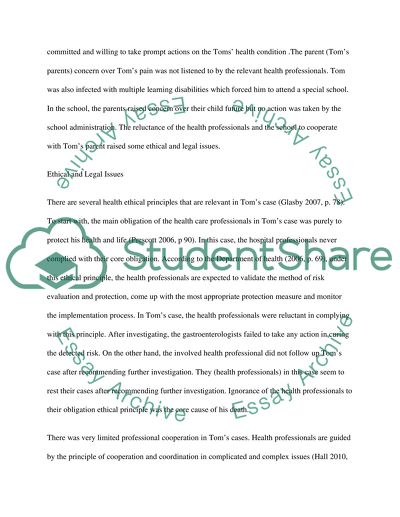Cite this document
(“Interprofessional team working in healthcare delivery Essay - 1”, n.d.)
Retrieved from https://studentshare.org/nursing/1396523-interprofessional-team-working-in-healthcare
Retrieved from https://studentshare.org/nursing/1396523-interprofessional-team-working-in-healthcare
(Interprofessional Team Working in Healthcare Delivery Essay - 1)
https://studentshare.org/nursing/1396523-interprofessional-team-working-in-healthcare.
https://studentshare.org/nursing/1396523-interprofessional-team-working-in-healthcare.
“Interprofessional Team Working in Healthcare Delivery Essay - 1”, n.d. https://studentshare.org/nursing/1396523-interprofessional-team-working-in-healthcare.


